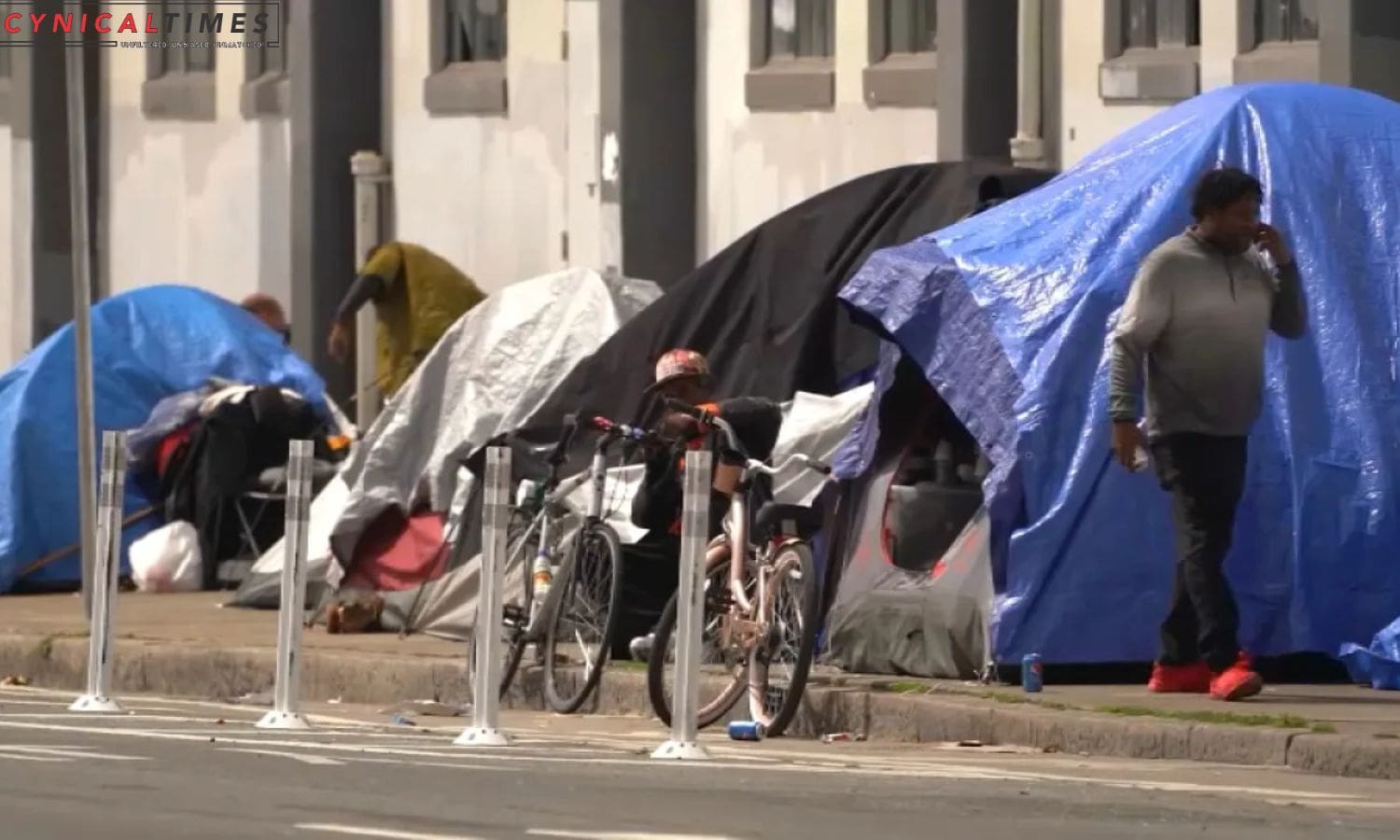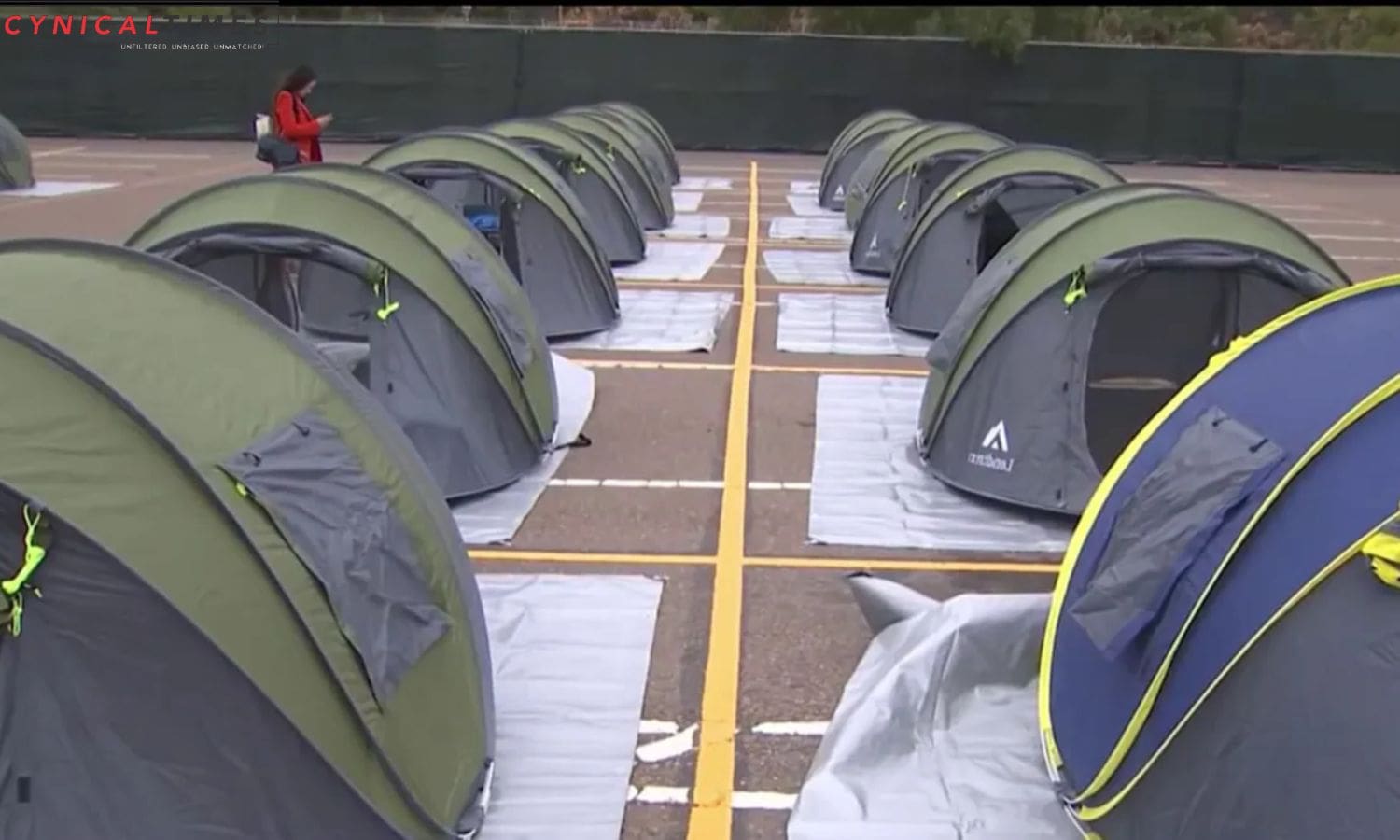San Jose Mayor Explores Safe Sleeping Solutions: In response to the ongoing homelessness crisis, San Jose Mayor Matt Mahan is actively exploring the establishment of safe sleeping sites, drawing inspiration from successful models in San Diego. The aim is to provide a legal and organized space for homeless individuals with insulated tents, on-site amenities such as restrooms and showers, and access to essential resources.
The concept of sanctioned encampments, similar to those implemented in San Diego, is gaining traction as a potential solution to address the complex challenges faced by the homeless population. San Diego’s approach involves creating legal camps with insulated tents and providing on-site facilities to meet the basic needs of residents, including restrooms, showers, and resource referrals.
However, the discussion in San Jose has sparked conversations about the scale and design of such safe sleeping sites. Longtime homeless advocate Shaunn Cartwright, associated with the Unhoused Response Group (URG), emphasizes the importance of considering the well-being and dynamics of the unhoused community. Cartwright suggests a more nuanced approach, potentially creating smaller-scale camps to avoid issues associated with forced relocation and the clustering of individuals with conflicting backgrounds.
Cartwright advocates for a thoughtful separation within safe sleeping sites, taking into account factors such as gender and specific needs. She proposes designated areas for survivors of domestic violence, recognizing the importance of tailored support for individuals with unique challenges and traumas.


Also Read: Santa Clara County Extends Homeless Support Contract Amidst Controversy
Reflecting on past initiatives, Cartwright mentions the promising but short-lived “Hope Village” established in San Jose in 2018. The project, initiated by homeless advocates, aimed to provide immediate housing through tents, communal spaces, bathrooms, garbage collection, and showers. Despite its positive impact, Hope Village faced challenges, particularly its location on state property without official government backing, leading to its closure after a month.
As discussions around safe sleeping solutions continue, Cartwright emphasizes the crucial role of involving the unhoused community in decision-making processes. She underscores the significance of incorporating unhoused voices, considering their firsthand experiences and insights to ensure the effectiveness and sustainability of any proposed solutions.
While the exploration of safe sleeping sites offers hope for addressing homelessness in San Jose, the community emphasizes the need for inclusive and empathetic strategies that prioritize the well-being and dignity of those directly impacted by homelessness. As the city evaluates potential models, the input and perspectives of the unhoused community remain essential in shaping compassionate and effective solutions.

